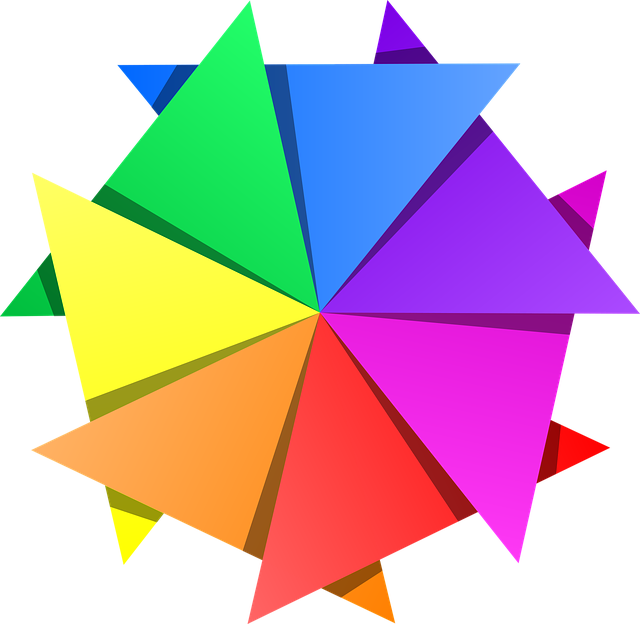How many different triangles can we create?
Get curious
Creative expression
Students learn how to use the geoboard.
Divide students into teams. Each team receives a geoboard and a set of elastics.
Children create pictures according to their ideas, stretching the elastics between the pins.
Each child in the team should have a chance to create their own composition.
Children create pictures according to their ideas, stretching the elastics between the pins.
Each child in the team should have a chance to create their own composition.

Discussion
Discuss the shapes used in the pictures.
Ask students:
Can you recognize any geometric shapes in your photos?
What is this?
Even if it is the first lesson on geometry, students will probably recognize and name some shapes. In this way you will activate their knowledge and learn the level of their knowledge on this topic.
Can you recognize any geometric shapes in your photos?
What is this?
Even if it is the first lesson on geometry, students will probably recognize and name some shapes. In this way you will activate their knowledge and learn the level of their knowledge on this topic.
Get going
Puzzle/quiz
Create the figure with 3 edges.
Ask students to remove the pictures and put aside all elastics except for 3.
Now they should create the shape which has 3 edges.
What is this figure called?
Tell them that it is the triangle if they did not know it.
Now they should create the shape which has 3 edges.
What is this figure called?
Tell them that it is the triangle if they did not know it.

Puzzle/quiz
Create as many triangles as possible.
Let students take more elastics and ask them to create as many different triangles as they are able to think of. The triangles should have different angles, and they should vary in the lengths of arms.
Then ask students to describe the triangles, paying attention to their different properties.
Then ask students to describe the triangles, paying attention to their different properties.
Puzzle/quiz
Create right angled triangles.
Ask the teams of students to create as many right angled triangles as possible. Tell them to start with the bottom left peg.
Engage students in discussion about the observed properties of right-angled triangles.
Engage students in discussion about the observed properties of right-angled triangles.






Puzzle/quiz
Create triangles with two sides equal and base of two lengths.
Ask students to build triangles with two sides equal and base of two lengths on the geoboard and then encourage them to make some observations.
How many triangles can you make?
How do triangles differ from each other?
How many triangles can you make?
How do triangles differ from each other?



Puzzle/quiz
Create different traingles using only one band.
Using one band for each triangle, make as many different sizes and shapes of triangles, as you can on the geoboard. Explain to a friend the ways in which these triangles are different and how they are alike.
Puzzle/quiz
Creating other types of figures.
Make these figures on the geoboard:
- As many different-sized squares as possible
- Many different hexagons
- The polygon with the fewest number of sides
- The polygon with the largest number of sides you can make
- Polygons with any number of sides between the fewest and the largest
- As many different-sized squares as possible
- Many different hexagons
- The polygon with the fewest number of sides
- The polygon with the largest number of sides you can make
- Polygons with any number of sides between the fewest and the largest
Get practicing
game_TRANS
Solve the riddle.
Ask your students to solve the following riddle using their geoboards. You can find the answer in the tab.
Can you make this into a right-angled triangle by moving just one peg?

Source: https://nrich.maths.org/
You will download zip file now.
Make sure that you have an application that opens zip files.
If not, download single materials directly from the lesson plan.
Download zip files
Download single materials

